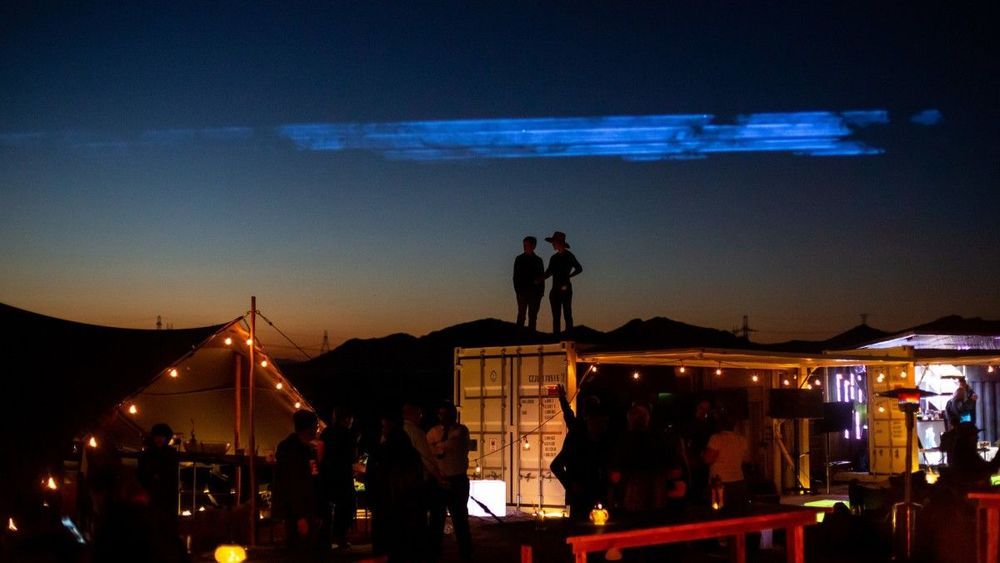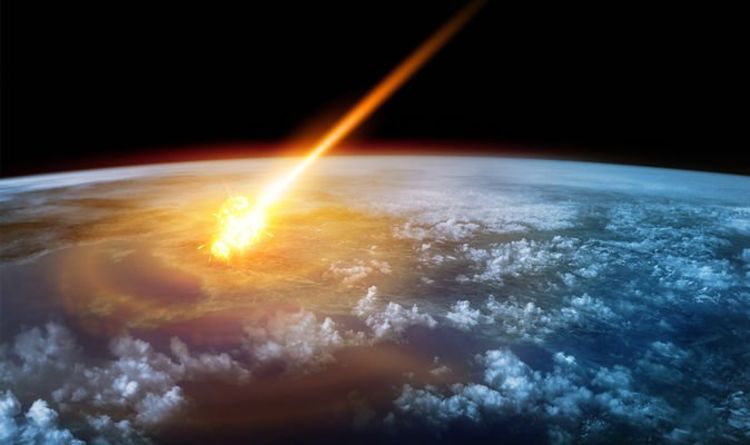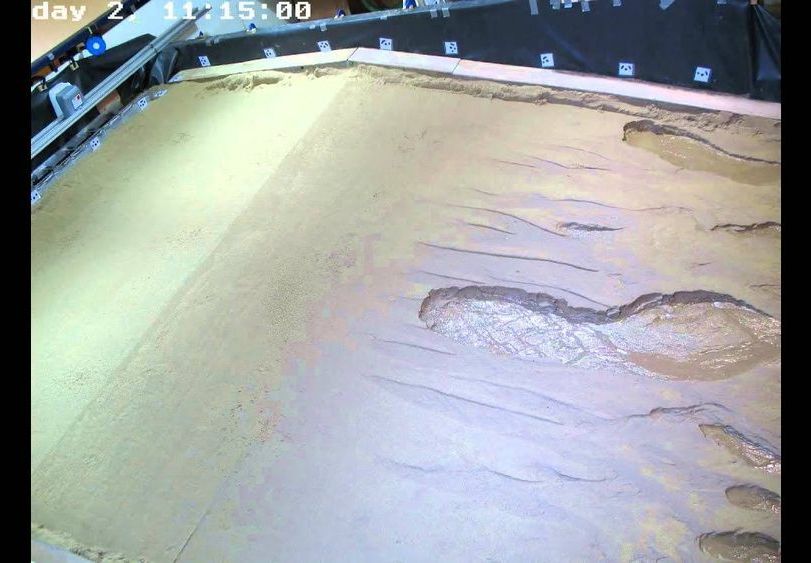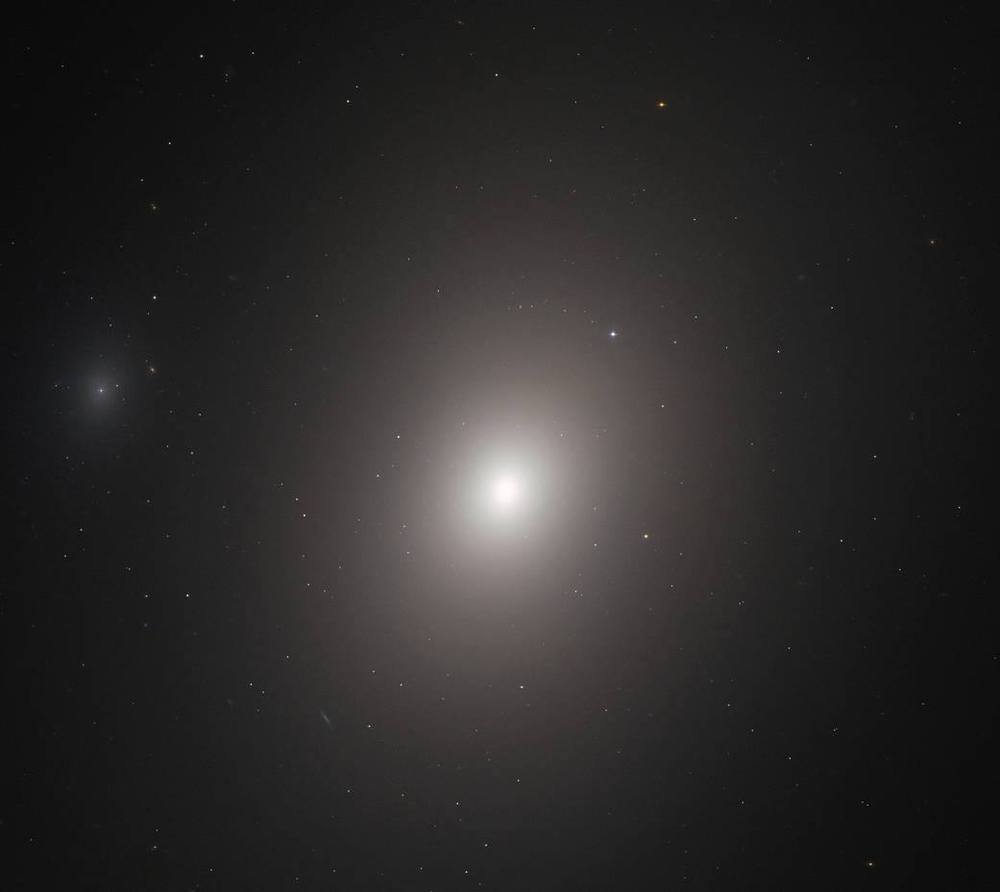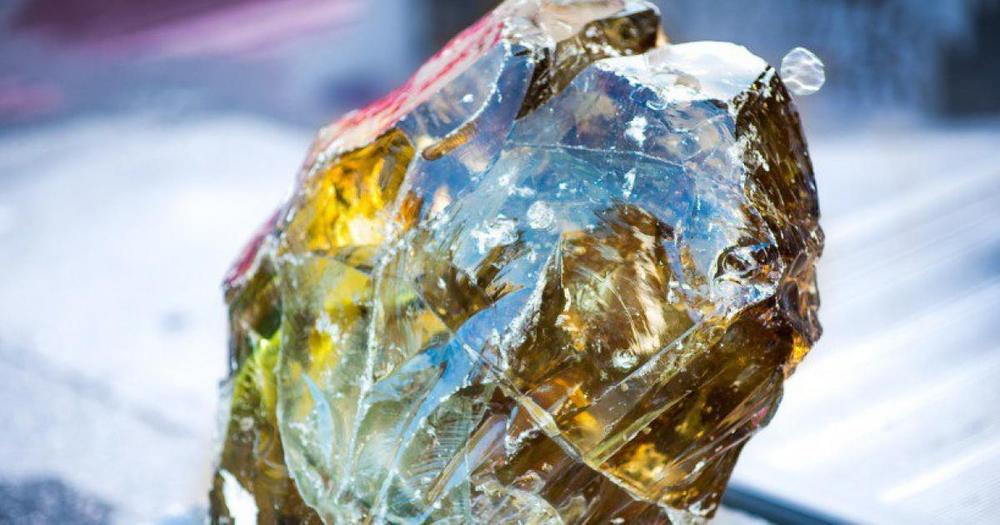The only in-flight beverages on the 11-seat private jet were bottled water and a genetically modified bacterial slurry designed to prevent the worst effects of hangovers.
A handful of passengers on the short evening flight from Hawthorne to the edge of the Mojave — venture capitalists, a man with a mushroom-based manufacturing company and this reporter — downed the mixture. The pilot, along with two senior SpaceX engineers, politely declined.
At the Apple Valley Airport, a helicopter waited to take us beyond a far ridge, farther from civilization. Miles from paved roads were two tents, a ring of shipping containers and an “H” painted on the dirt marking a makeshift helipad.
